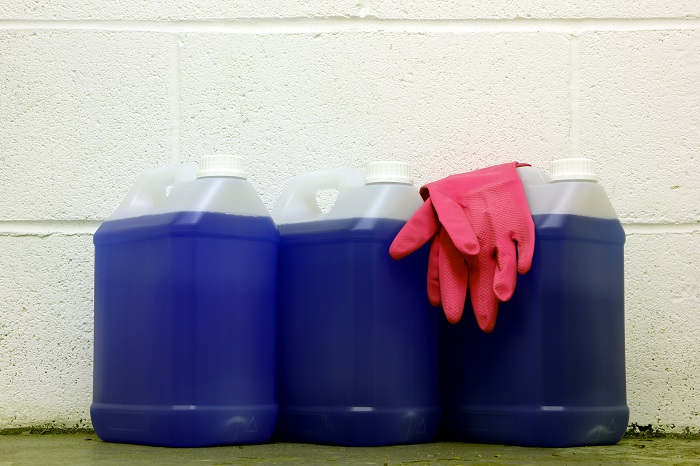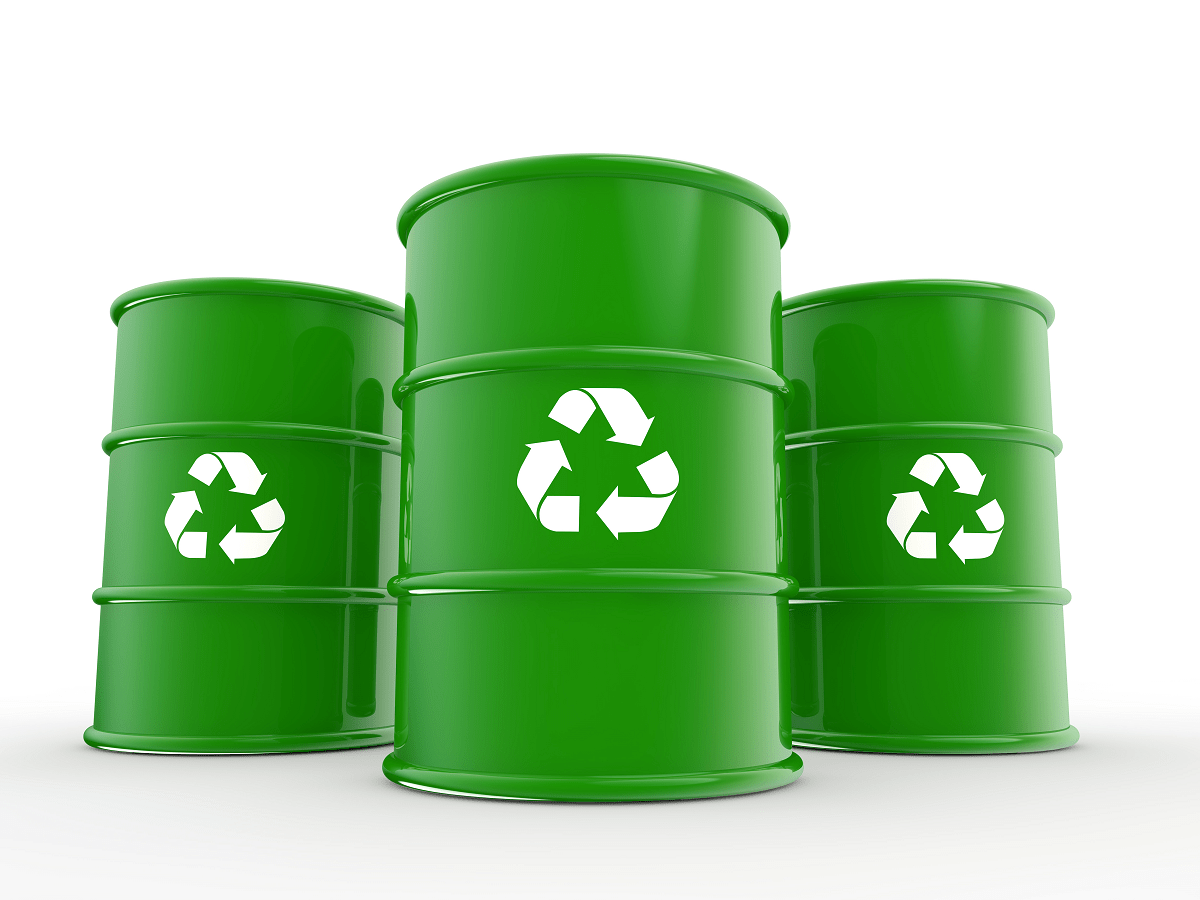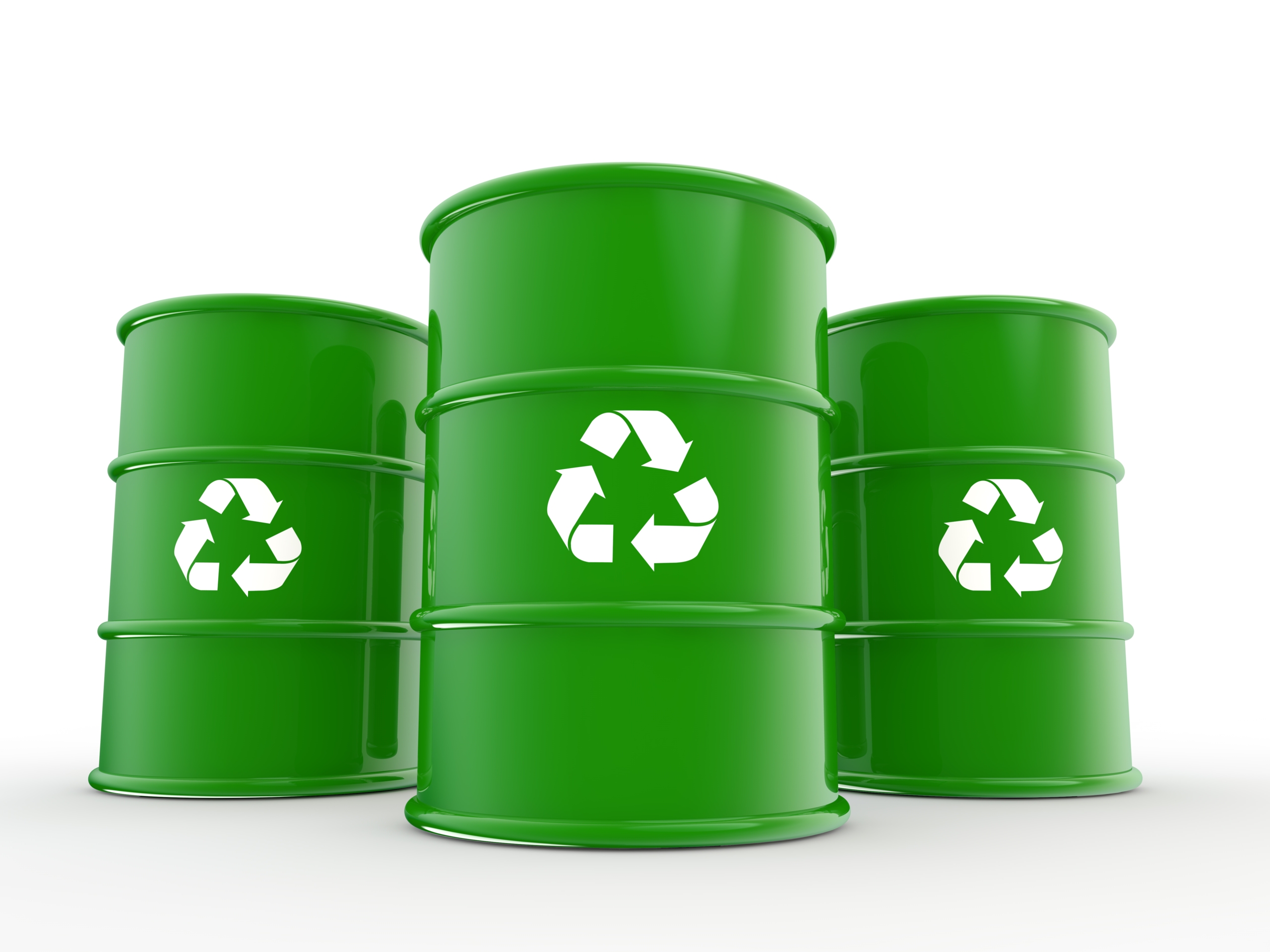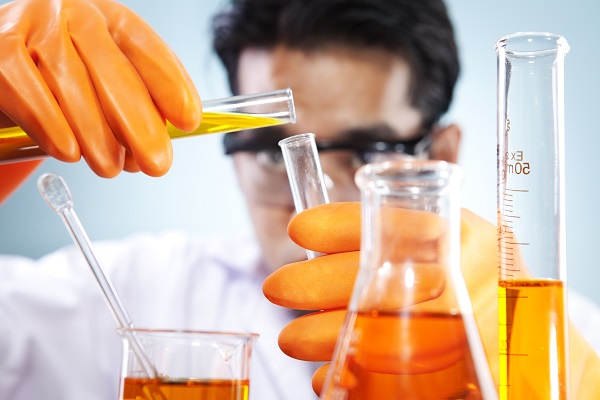Chemical grades can be confusing—do I need an ACS grade chemical? A USP? How about a technical grade? Simply put, chemical grades refer to a...
Blog


CHEMICAL INDUSTRY NEWS
Chemical Chat – Discover What’s New!
PFAS Meaning & Definition: What You Need to Know About ‘Forever Chemicals’
What are PFAS chemicals? And why are they called “forever chemicals?” If you find yourself asking these questions, you’re not alone. Research shows...
Current State of PFAS Regulations: Chemical Alternatives with Ecolink
As more dangers of PFAS come to light, the Environmental Protection Agency (EPA) continues to implement new strategies to minimize these toxic...
What Does the Military Use to Clean Weapons? 3 Common Solutions
Just like with machines, it’s important that weapons are cleaned and well-maintained to prevent accidents from...
PFAS Meaning & Definition: What You Need to Know About ‘Forever Chemicals’
What are PFAS chemicals? And why are they called “forever chemicals?” If you find yourself asking these questions,...
Company News

Managed Services
Discover the Latest in Safe and Sustainable Chemical Solutions
Stay informed with Ecolink’s blog! Subscribe now
Chemical Management Information
Stay updated with us
Sign Up for the Latest Updates
Stay informed about chemical supply chain disruptions and emerging innovations to keep your business at the forefront of efficiency and innovation. Uncover new ways to make your business practices more sustainable by incorporating safer products into your cleaning lineup.


























